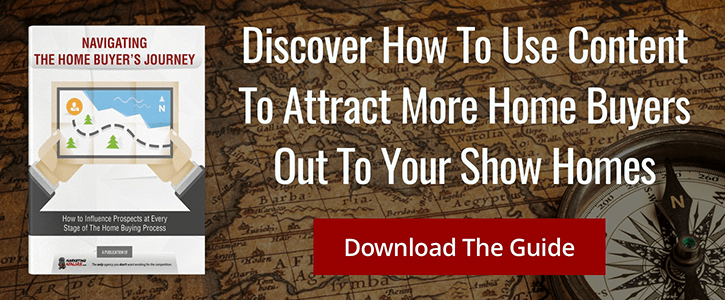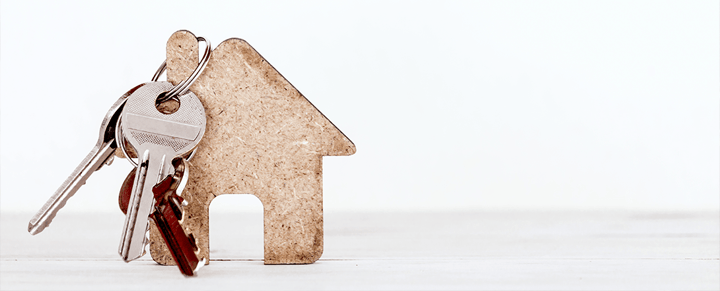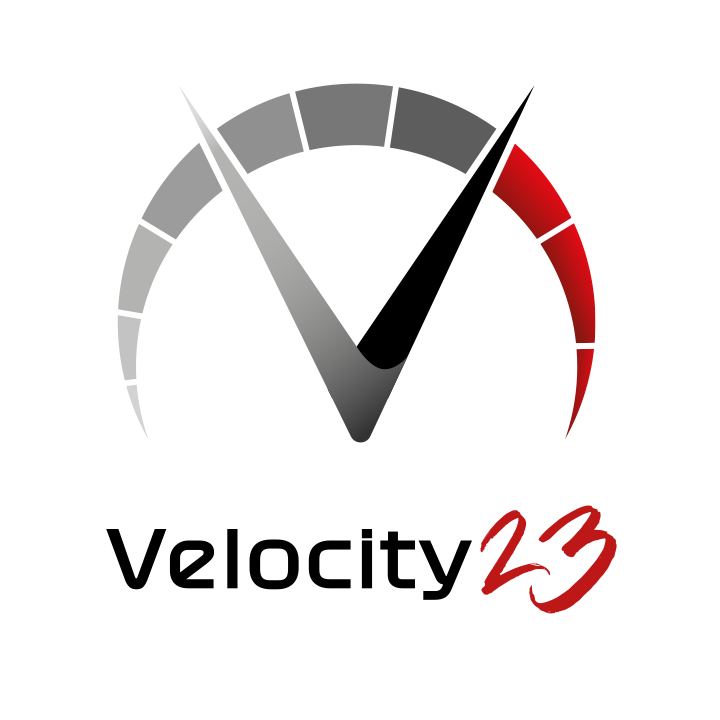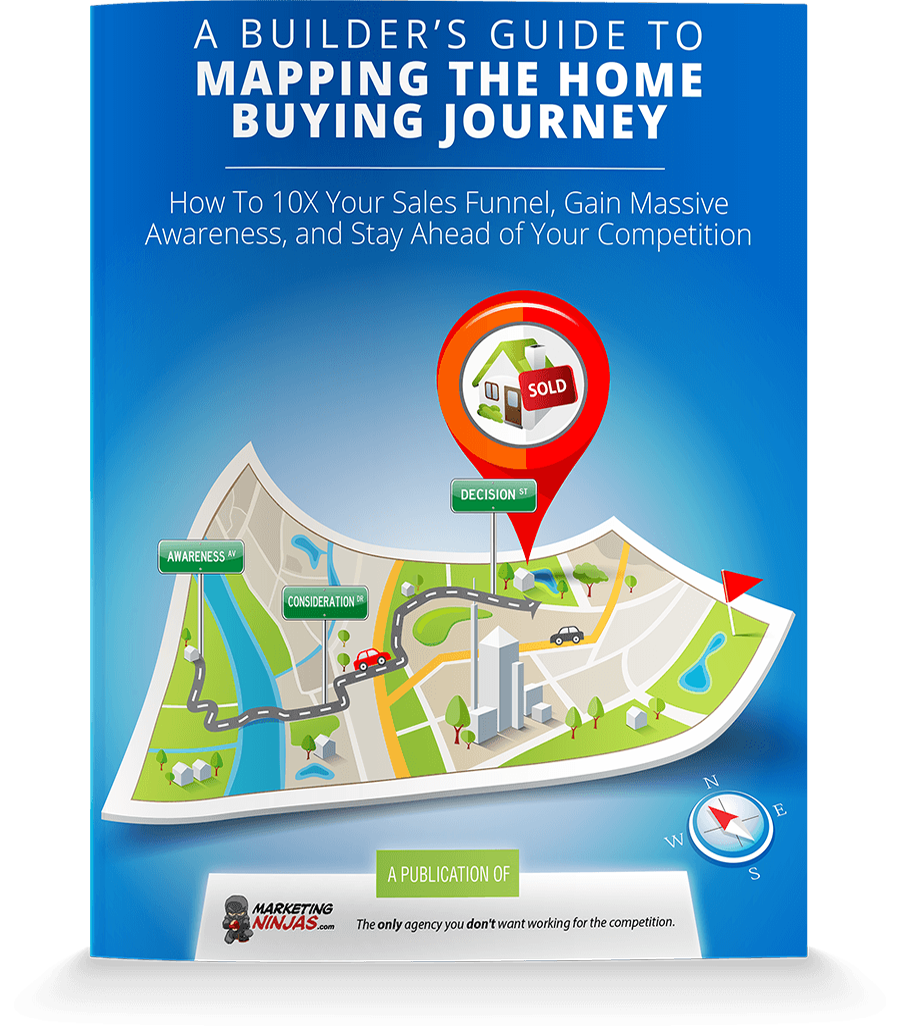What Does a Home Buyers’ Customer Journey Look Like?
In any industry, potential customers go through a “buyers’ journey” as they make decisions about buying a product or using a service. Some will spend longer in one stage of the journey than others, but they all tend to go through the same series of stages.
Content marketing gives you an advantage because it allows you to interact with the customer at every stage of the journey.
Reading Time: 4 minutes
Level: Intermediate
Key Takeaways:
- All your potential customers will go through a “lifecycle” as they make decisions about whether to buy a home and who to buy it from.
- You can help your business by being a helpful source of information during the early stages of research, and then guiding them towards your company once they decide to buy and see you as a trusted source of information.
- The customer’s journey doesn’t end once they buy from you - by providing outstanding customer service after the sale, customers can become advocates for your brand and bring in new leads.
Today’s home shoppers are savvy, and they know how to navigate the internet to find the answers to their questions. By offering content at each of these stages, (content that answers their questions) you can capture a potential customer’s interest and start nurturing the relationship.
Do your job right, and they’ll go through all of the stages with you.
Stage 1: Awareness
This is the discovery stage where a potential client starts thinking about buying a home. They've become aware of the fact that their current house might not be as perfect as they thought. Some of the questions they’re asking themselves are:
- Is it better to keep renting or buy a home to build up equity?
- Do we need more/less space in a home?
- Is it better to buy a resale or a brand-new home?
- Can I make do with my current home or is it smarter to buy something new?
Essentially, they’re starting to explore the advantages and disadvantages of their current home.
As the disadvantages start to pile up, they’re more likely to move on to the next stage of the journey. If they eventually decide that they like their current living situation, they may never move on to stage two.
Your content strategy here should be about answering these questions. You want to attract them to your website with content that helps them. Ideally, you’re not pushing them to buy a new home; you’re giving them all the information they need to make the important decision: should they buy a new home?
 Stage 2: Consideration
Stage 2: Consideration
In this stage, the lead has made a decision. Yep, they want to purchase a brand-new home! But they’re trying to educate themselves about the process. Some of the questions they’re asking in this stage are:
- What kind of home can I afford? What should my budget be?
- What floor plan works best for my lifestyle?
- What are the current trends in home building and do I like them?
- How long will it take to build a home?
- When should I make my purchase?
- What is the mortgage process for new construction like?
Here, you should aim to be a trusted source of information for the lead. You don’t necessarily want to be talking your company up at this point.
The goal here is to engage with your prospects.
Talk about the things these people might want in their homes (things you just happen to offer) and give them information about the building process so they know what to expect.
Stage 3: Decision
In stage three, potential clients are ready to make their purchase, but they still need to make a few important decisions. Some of the questions they’re asking in this stage are:
- Which is the best home building company for me?
- Which community should we build in?
- What type of flooring should I have in my living room?
This is your chance to shine! In content that addresses leads at this stage of the journey, you can talk about what makes you as a home builder stand out over the others. You want to delight these people with what you can do for them!
You also want to encourage them to go to the show homes and talk to your Area Managers, as this will help them see how your company can meet their needs.
 Post-Purchase Engagement
Post-Purchase Engagement
Now, while the buyer's journey has technically ended - they've bought a home! - there's still work to be done on your part.
Your client's journey doesn't actually end when they sign on the dotted line.
At this point, your company should be in customer service mode. You want to make sure your clients are having a good experience with your company. This includes things like:
- Addressing concerns or needs the customer had with their purchase.
- Providing customers with a homeowners’ binder/information about the warranties on all products and materials within the home.
- Following up with finishing touches that couldn’t be completed before moving, such as landscaping or concrete work.
The goal for you in this stage is to make sure that the customer is overjoyed with their purchase - more delighting!
That brings us to...
Client Advocacy
When your customer becomes an advocate for your company, it's like magic. If they’re pleased with their home and the service you’ve provided, they’ll be happy to recommend you to their friends and families.
The customers of home builders are in a unique position to advocate for the builder. Every time someone comes over, the visitor is getting a deep look into the quality of the home. If this person is impressed by what they see, they’re more likely to engage the homeowner (your client) in a dialogue about the building process, and your customer can lead them into awareness or consideration of their own journey.
You can encourage participation in this by asking your customers to provide your company with testimonials. You can offer incentives in this regard, like a gift card for their time or a cash bonus when someone they refer makes a purchase.
Your content marketing goal should be to always keep your prospects engaged in the process. The more you’re able to keep their interest and educate them, the more sales you’ll get.
Originally published Nov 10, 2020, Updated Nov 27, 2020.







